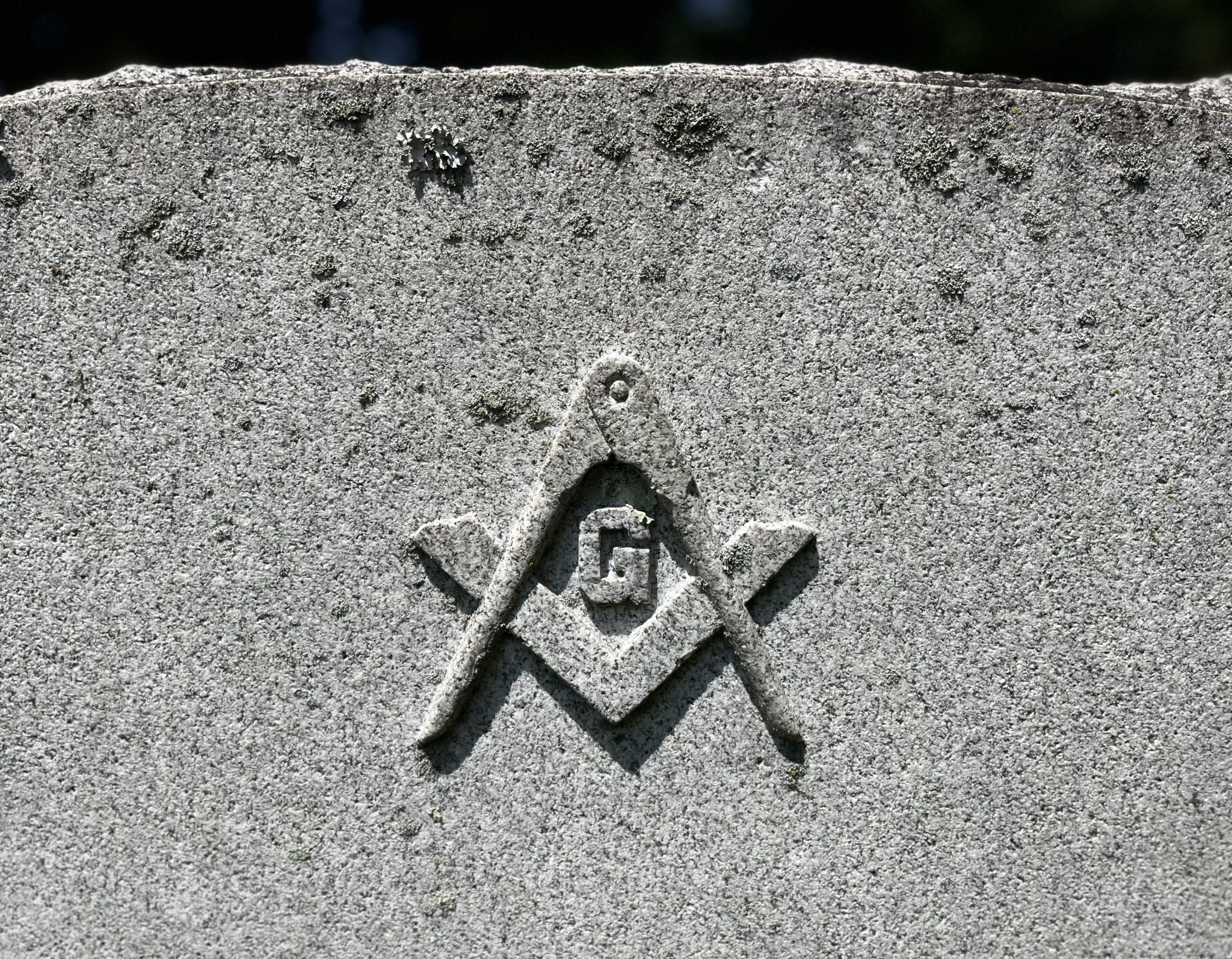
Tracing their their origins to the local guilds of stonemasons that built castles and cathedrals during the Middle Ages in Europe, freemasons are members of the world’s oldest fraternal organization. The fraternal order, which dates back to the 14th century, has a long and complex history. A worldwide organization, its members have included politicians, engineers, scientists, writers, inventors and philosophers. The basic organizational unit of Freemasonry, the lodge, is made up of and sustained by the members themselves. Freemasonry gives members a sense of purpose by teaching morality, charity, and obedience to the law of the land.
The most universally recognizable symbol of Freemasonry is the square and compass. For Freemasons, the square and compasses symbol carries profound meaning. This symbol consists of three key elements: the square, the compass, and the letter “G.” Lying at the heart of Masonic lessons, the square and compass are considered to be the tools of the architect and builder. The builder’s square implies being fair and honest in one’s actions. In Freemasonry, the compass symbolizes self-restraint and man’s ability to control his yearnings so that he may live a balanced life. When combined, the square and compass serves as a reminder that acting earnestly toward others and balancing one’s urges will lead to a life of integrity. The letter “G,” found in the center of the square and compass, is variously understood to stand for geometry, God, or the “Great Architect of the Universe.” The seventh letter in the Latin alphabet connects Freemasons and summons them to be reverential regardless of individual faith.
The presence of the square and compass on a tombstone indicates that the deceased was a member of the Freemason fraternal society. These funerary monuments showcase more than just the deceased’s occupation or interest. The square and compass represents the deceased’s living within the boundaries of Freemasonry’s upstanding beliefs.
Woodlawn is an open-air art gallery and living history museum that attracts 100,000 visitors annually. Our memorials represent the largest and finest collection of funerary art in the country. Visit our cemetery and explore 400 acres of art, architecture, and history.
Woodlawn continues to be a non-sectarian cemetery without a specific religious affiliation.
